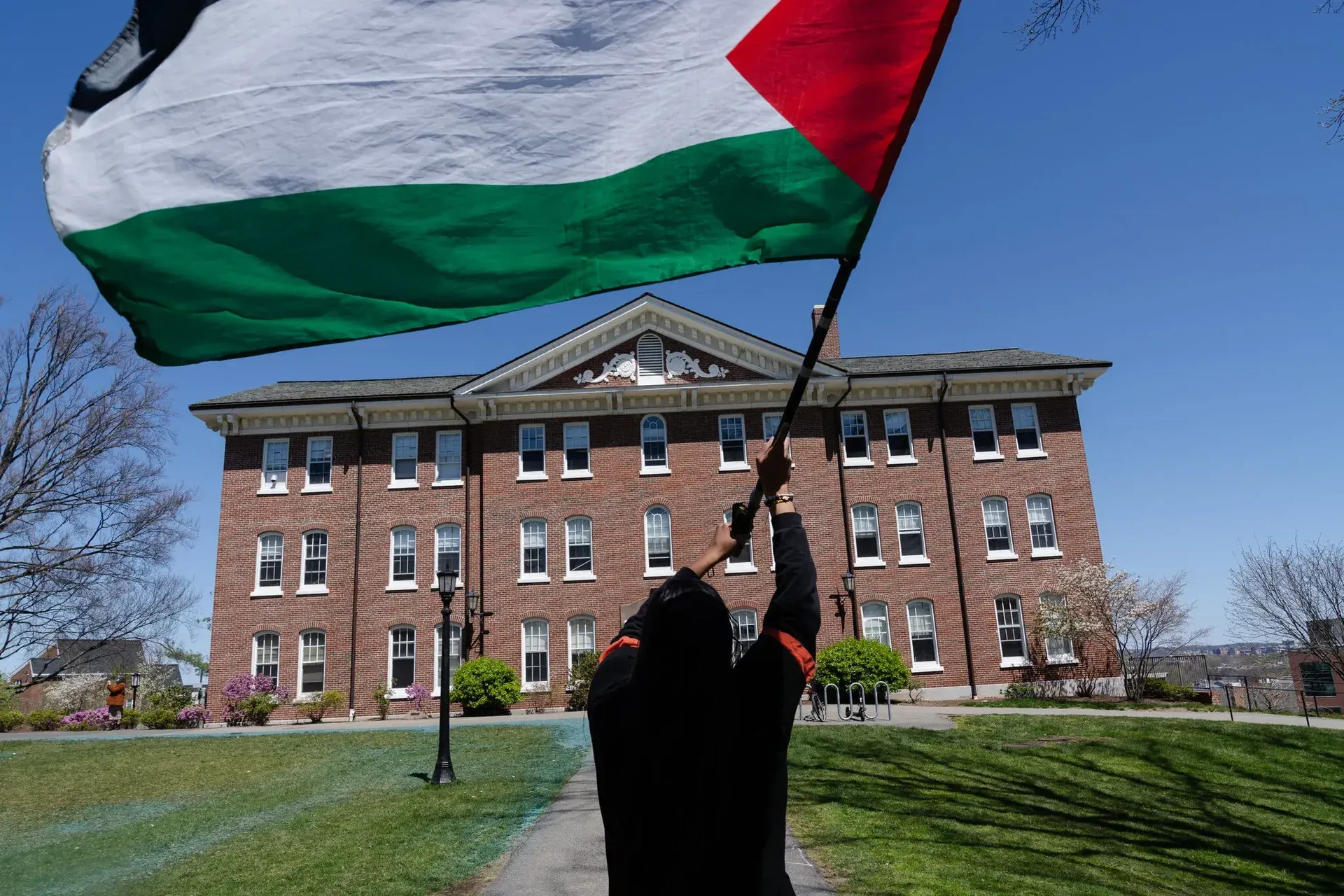Campus protests, Antisemitism, and Lessons from History
• public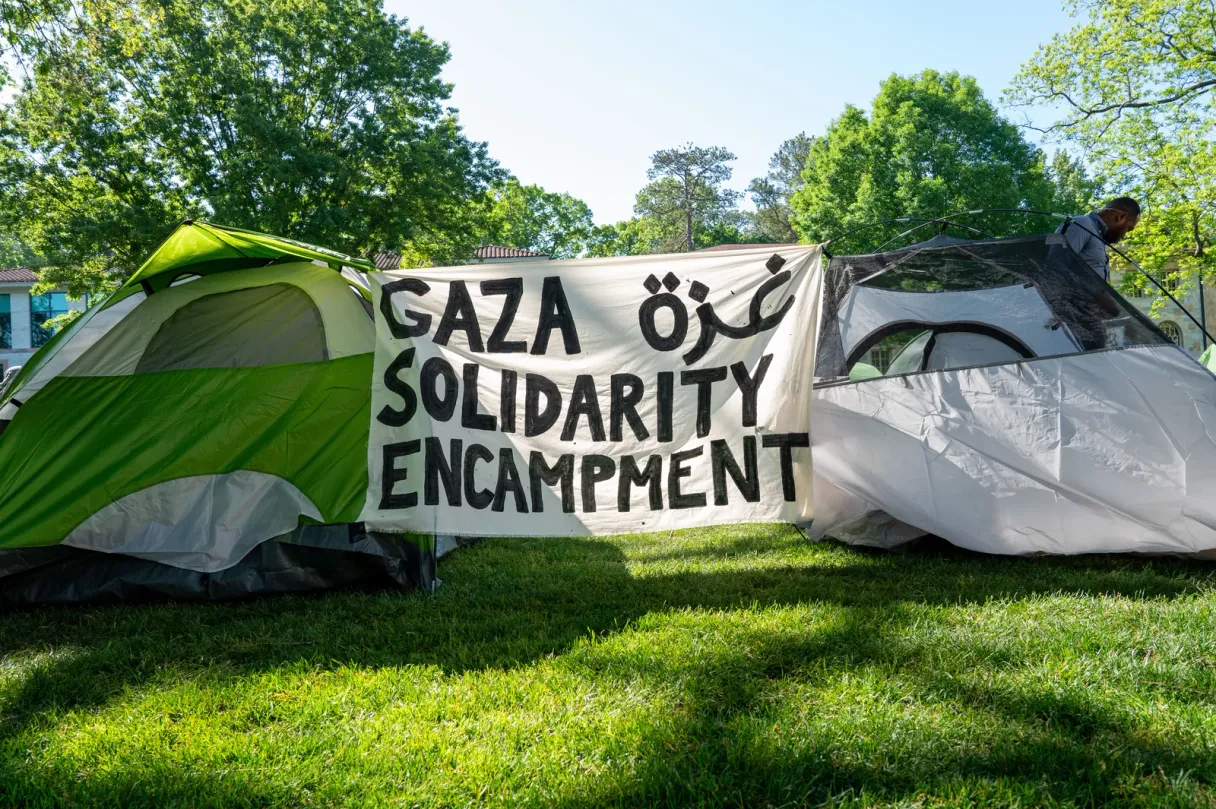
Last November, as I was stretching in a front of a mirror at the gym, I overheard a conversation between two young people—perhaps 16 or 17 years old—behind me. While the young man was going through an intense routine of strength training, alternating push ups, crunches, and weight lifting, the young woman was slowly pedaling on a stationary bike next to him. She was talking almost incessantly. She talked about Gaza, and Israel, and Palestine. For 30 minutes (yes, I stretch for a long time), I listened to her talk about what happened on October 7th and Israel's response, the 1948 Nakba, the Six-Day-War and the Second Intifada. Not everything she said was 100% accurate, there were factual errors here and there; but by and large, it was impressive how much she knew and the nuance she used to discuss the conflict. The young man barely ever responded, sometimes asking a question that revealed his lack of knowledge or understanding of Israel/Palestine. But she carried on enthusiastically, clearly wanting to make him care about the situation in Gaza.
After finally wrapping up my "work out", I walked out of the room and asked her how she knew so much about Israel/Palestine. She answered that her family was Syrian so it was an issue close to her heart. I mentioned that I spent several years in Israel and that I have relatives there. She asked, gracefully, how I felt about the situation in Gaza. I shared my feelings around October 7th—the horror and pain—and about Israel's response—the horror and pain. She mentioned that it was hard for some of her Jewish friends too, but that most were protesting alongside her for a ceasefire in Gaza. We talked a few more minutes and parted ways.
This exchange captures the heart of most of my interactions in the US on Israel-Palestine since October 7th. Whether it was during protests downtown Los Angeles, in front of the White House in Washington, DC, at a fundraiser for Gaza, or on the campuses of the University of Southern California or UCLA (I was just there yesterday)—everywhere I interacted with protestors, I found a level of care and nuance that I rarely witnessed before in regards to Israel-Palestine. This was particularly true of young people—whether they were Arab, Jewish, both or neither.
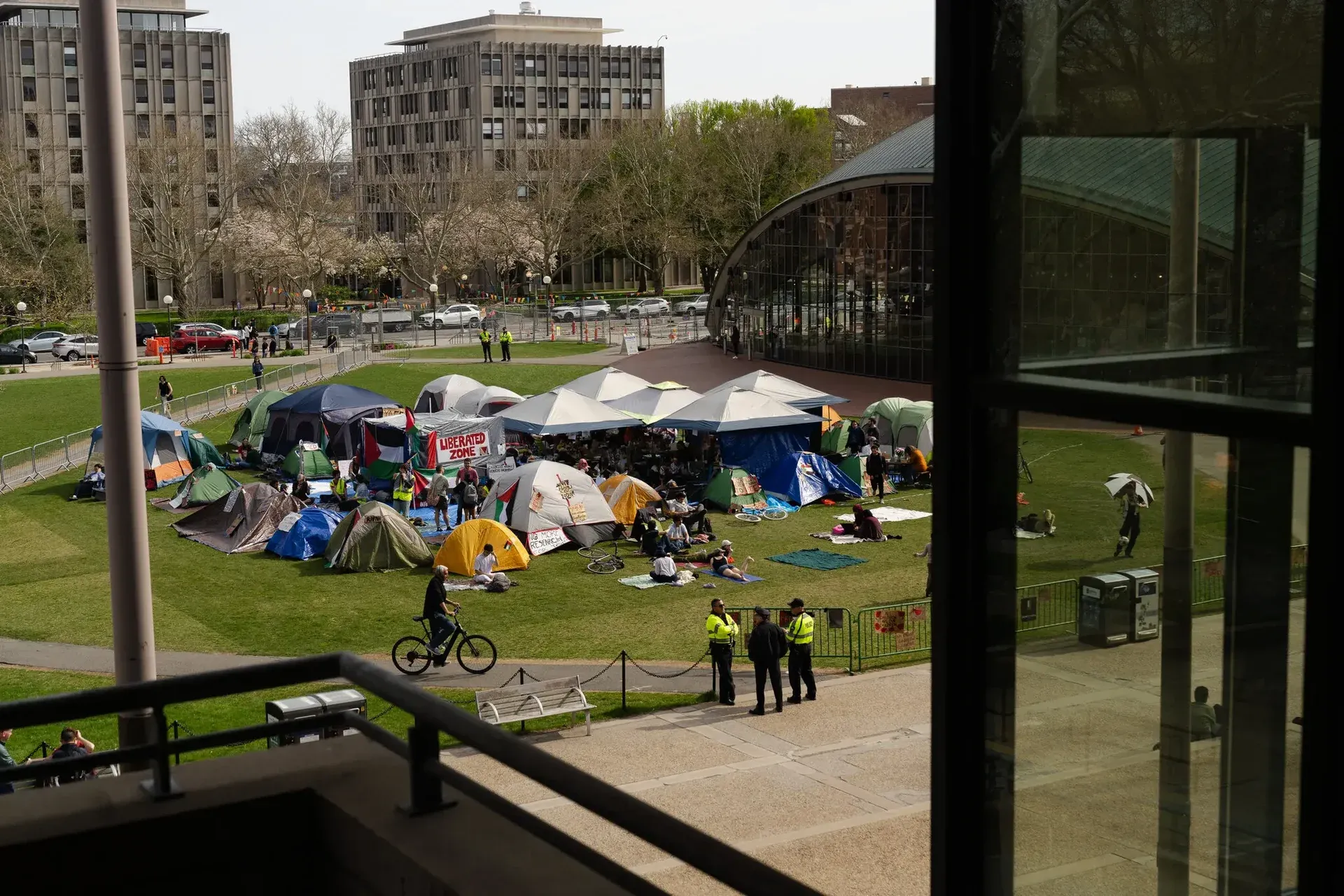
Today, with the student protests reaching fever pitch across the country, I see on social media and in the news reports of antisemitic chants, overt support for Hamas, and other distressing reports. There is no question that some of these reports are true. I watched myself a video of a small group of protesters chant "burn Tel Aviv to the ground". This is of course a terrible thing to hear: Tel Aviv is a city where I lived and where some of my beloved relatives and friends still live. Calls to burn Tel Aviv to the grounds are calls to kill my relatives. But anyone who has been anywhere near university campuses in the past month knows that this is a far cry from the heart of the student movement.
The reality of mass movements
It is easy to get bogged down by viral videos or news reports of violent statements, to think that this movement that initially felt so promising to challenge the status quo in Palestine-Israel was highjacked by extremists. But I know from a decade of activism in the United States that there is nothing special or unique about the presence of violent statements. One of the beautiful things about mass movements is that they gather people from all walks of life: with or without formal education; from working class to middle class to well off; from all ethnic groups and backgrounds; people who fit respectability politics and eccentric folks; people who have stable lives to people with mental illnesses.
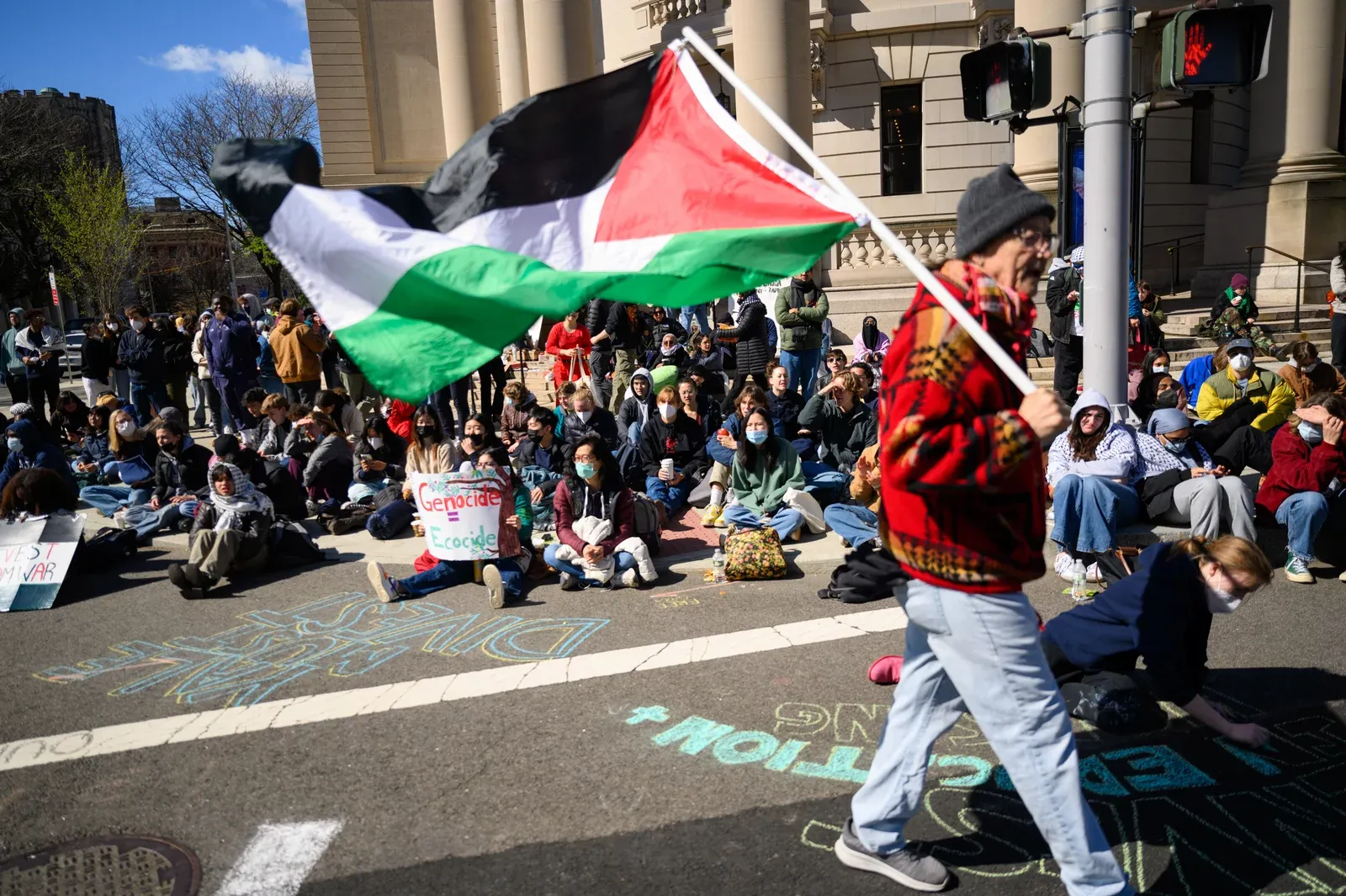
This naturally means that mass movements cannot have a single, well-defined message. They are open, diffuse and decentralized. Those who do not fully grasp the ethos of the movement (including people who are mentally unstable) can join in, like anyone else, and make statements or engage in behaviors that go against the movement's aims or are simply abhorrent. Parasitic individuals and groups often join in to co-opt the movement, to push their own agenda, or just to spew hate and incite violence.
When I organized for Bernie Sanders, during his 2016 primary campaign, the movement gathered an multiracial, multi-generational coalition of people united in their fight for more social justice in the United States. But some activists went too far, too strong, and too loudly—engaging in toxic behaviors online and offline, against anyone who opposed our movement. The establishment conveniently latched onto these individuals to paint the movement as being overrun by extremist "Bernie Bros". During protests following the police murder of George Floyd, I often marched alongside white anarchists who clearly sought to provoke clashes with the police (most of the time, the police didn't need any provocation it to violently repress peaceful protests). This, of course, said nothing about the justness and the critical importance of the protests and the Movement for Black Lives in general. There is nothing surprising, then, that grifters and extremists are joining in the Palestinian solidarity movement.
This all the more true because antisemitism is widespread in American society. It is most prevalent and most violent in the right and far-right, as we witnessed most dramatically in the deadly shooting at the Tree of Life synagogue in 2018. But Jewish conspiracy theories are present on the left too. It would be widely naive to think that, miraculously, the Palestinian solidarity movement—a movement of hundreds of thousand, maybe millions—would be exempt from antisemitism. Not only are there no reasons to expect that there would not be antisemitism in the movement, but it is also to be expected that grifters, including antisemitic ones, would join the movement. And of course, a movement that centers around Israel, a self-proclaimed “Jewish state”, would attract antisemites of all sorts.
Feeling safe
Antisemitism in all its forms, especially in the midst of a movement for justice and liberation, must be condemned and fought in the strongest possible terms. What is markedly difficult in the present moment is to decipher what actually is antisemitism and what isn’t.
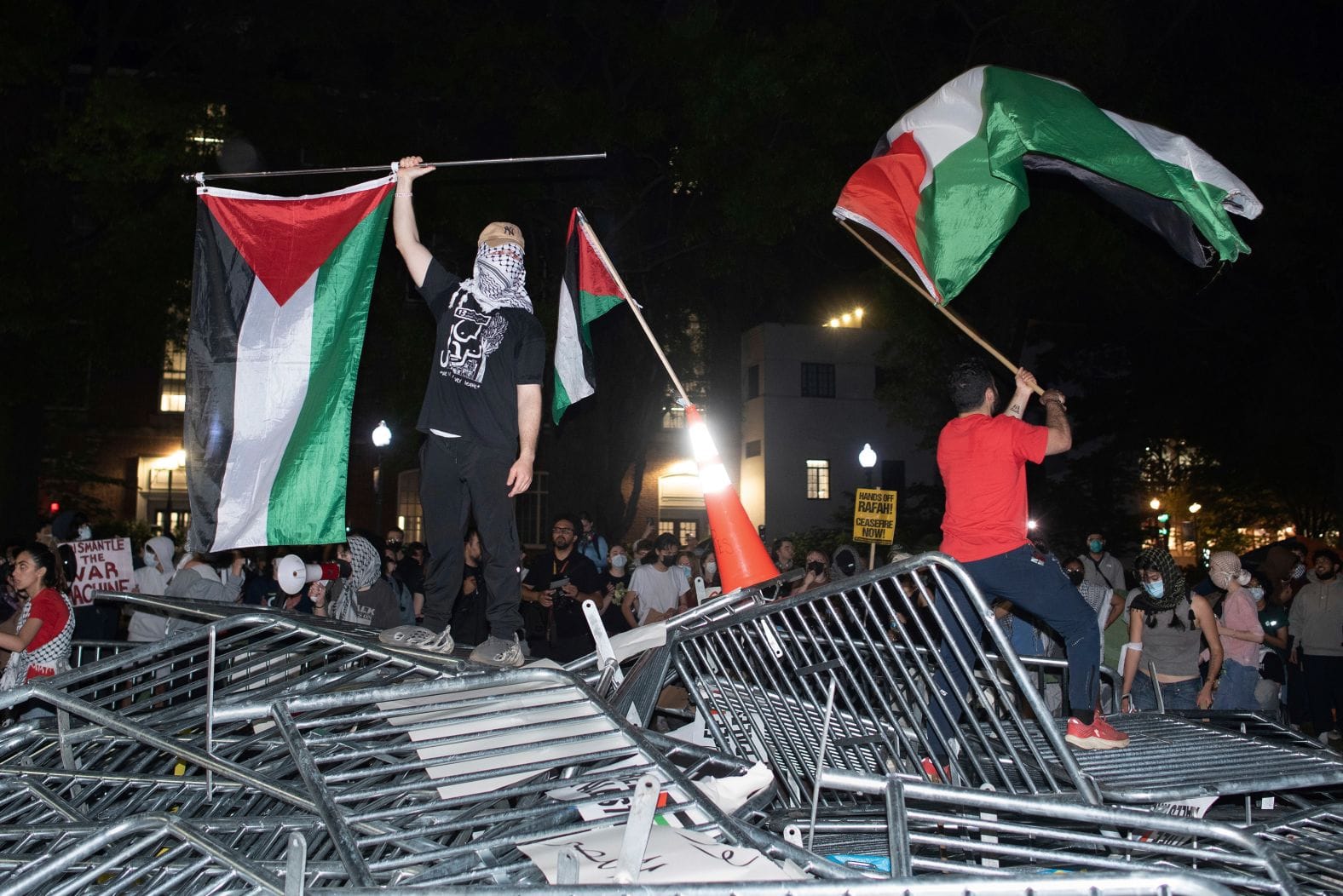
First, for many Jews, Zionism is an integral part of their Jewishness—alongside Jewish traditions, languages, religion, etc. To them, it is often impossible to separate Zionism from their Jewish identity. The natural consequence is that attacking Zionism or the state of Israel feels like an attack on their identity. It feels to them as if, by calling for a transformation of Israel from a Jewish state to a state for all its citizens, you are in fact calling for the destruction of the entity that ensures Jewish safety (never mind that Jews are far less safe in Israel than in many other countries, as October 7th demonstrated, but that’s a different topic). So when Zionist Jews feel unsafe in the face of anti-Israel or anti-Zionist rhetoric, they are not faking it: they actually feel threatened, they feel attacked. But their subjective feelings do not mean that they are facing objective threats.
Second, the cynical instrumentalization of antisemitism by Israel and pro-Israel advocates makes it harder than ever to distinguish anti-Zionism from antisemitism. The Anti-Defamation League, one of the foremost institutions fighting antisemitism in the country, has been including anti-Zionist protests in its tally of antisemitic events. Establishment Jewish institutions, mainstream media outlets, and many public figures have erased any form of separation between anti-Zionism and antisemitism. Anti-Zionism is as old as Zionism, including within the Jewish community, and it is a legitimate political position.
Finally, I haven’t heard of Jewish students who were active participants in the encampments and left because of rampant antisemitism. Jewish students have a significant presence in many of the encampments and protests; if anti-Jewish hatred was widespread, I believe many of these Jewish students would rapidly pack up, go home, and dissociate themselves from the movement and—like everything these days—it would be aggressively shared online. Yet, they aren't just remaining at the forefront of the movement, but these Jewish protesters are also very visibly taking part in Jewish rituals right in the middle of the encampments.
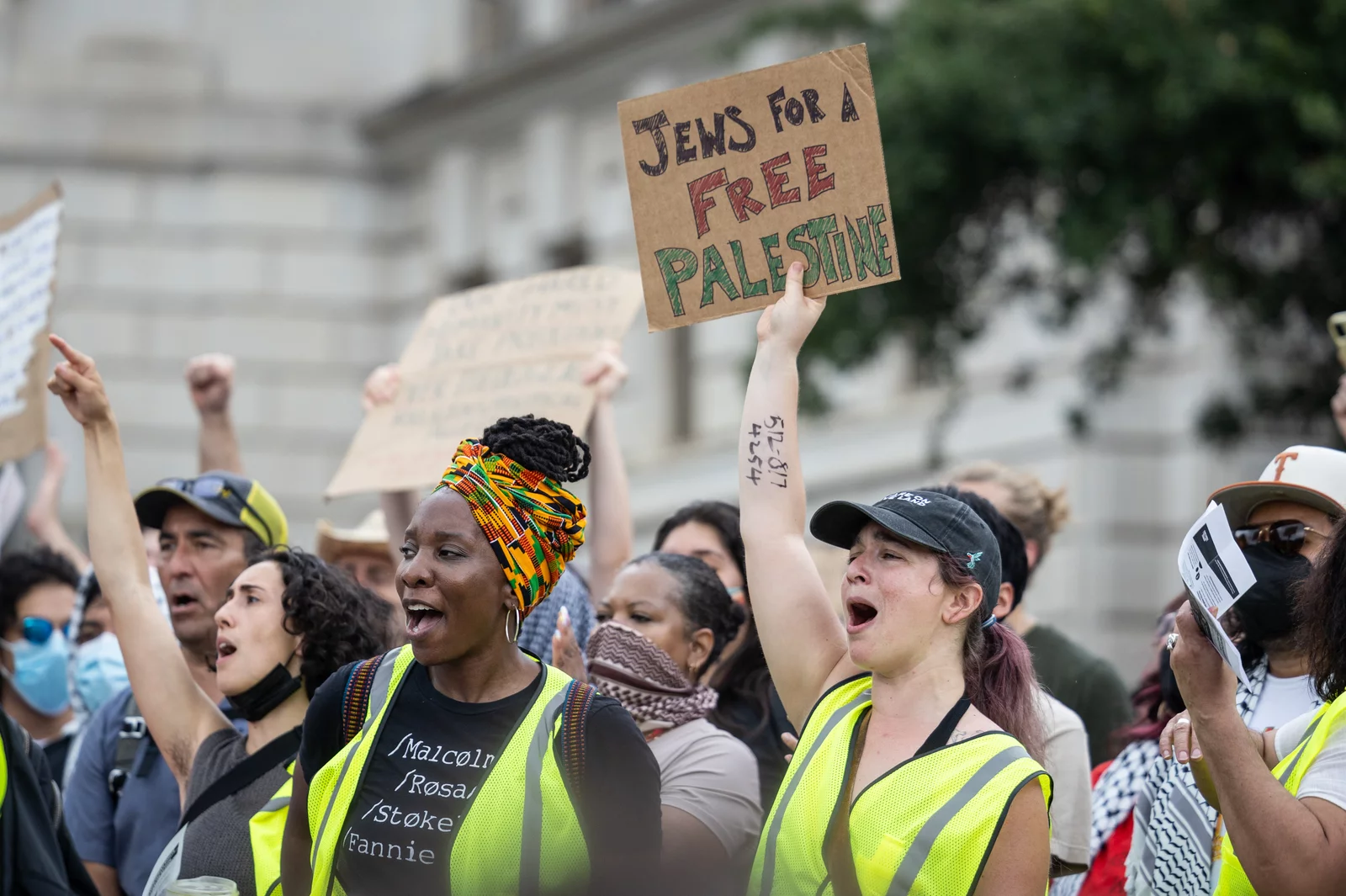
News reports rarely give a full picture of what happens inside protest movements. Social media is far worse. But at least based on my personal experience on campuses and at protests, and the stories shared by close friends, the overwhelming majority of protestors are there for a specific reason: to call for an end to the unbearable suffering in Gaza and the continued crimes of Israel against Palestinians in general.
The kids are alright
The student movement isn't only just and legitimate; it is very strategic. The endowments of US universities amount to hundreds of billions of dollars, some of which is invested in Israeli companies. Academic exchanges with Israeli universities lend Israel a gage of legitimacy and normalcy, even though Israeli academia is actively complicit in the oppression of Palestinians. And the movement is making clear demands, not just to universities, but to the US government—whose military and diplomatic support has been key in enabling Israel to continue waging what seems like an endless war.
Fears that antisemitism—or overt support for unbridled violence against anyone affiliated with Israel—pervades the movement are legitimate. There is antisemitism in the movement, just like there is antisemitism in American society. This antisemitism, and other forms of harassment, must be condemned and, as much as possible, ousted from the protest movement. But the priority right now is to end Israel's murderous assault on Gaza. And this is what this movement is working toward.
As I write these words, students have established encampments or staged protests at over 100 university campuses in the United States, and several in Europe. Thinking about student movements over the past century, when have we witnessed such a large movement that was later proven wrong? Has there ever been a case where students and young people mass mobilized, protested, occupied, and were later proven wrong? Where in hindsight, society judged the cause they were fighting for to be unjust or illegitimate? I've been thinking a lot about this, and asked people around me and on social media, and nobody has come up with a single case. When students are moved by the hundreds of thousand to take action like they are doing at this very moment on university campuses, history usually proves them right.
